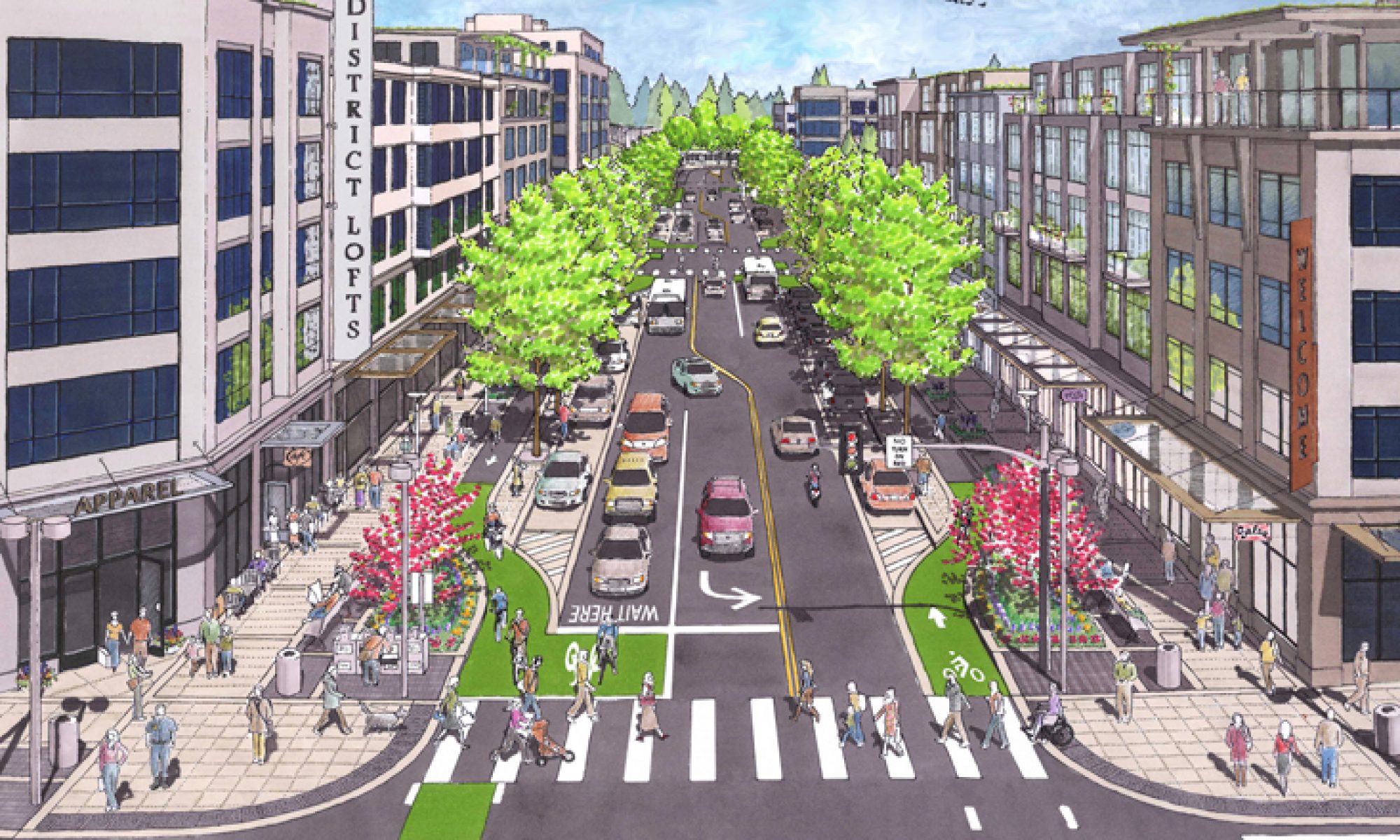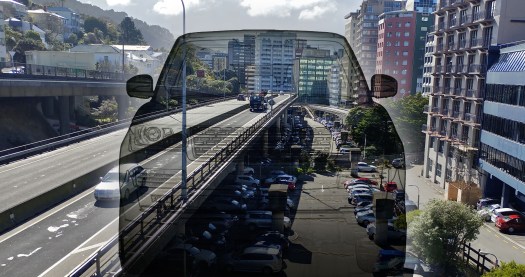This PSA below was sent out by the city of Asbury Park, and it needs to be revised.
This PSA focuses on responsibility of bike and scooter riders with 8 “rules” at the top of the message, implying that behavior of people using micro mobility are the most serious concern to public safety.
Only 3 short, vague lines are aimed at drivers at the end of the PSA.
The message to drivers looks like an afterthought, and almost appears that it was designed by the auto industry.
Words matter – the industry strives to shift the responsibility off drivers, and place the onus on other road users.
PSAs are a LAZY way of checking a box.
We can do better with messaging in Asbury Park.
Please.
We all know that DRIVERS are the greatest danger in any city to everyone: themselves, and especially anyone outside of a car..
If there are PSAs about safety in AP they should be directed to drivers FIRST with the most emphasis – and ideally there should be separate PSAs aimed exclusively at drivers.
Drivers and bike riders alike erroneously believe that bike riding in painted bike lanes is safer, or a “rule” as indicated in the graphic. It’s NOT a rule, nor is it safer.
Telling bike riders to use bike lanes is misinformation, and inconsistent with the “Bicyclists May Use Full Lane” signs that are finally going up in AP. (Thank you- we need them everywhere in the city!)
Almost every bike lane in the city is in the “door zone”. Painted bike lanes make the road seem a bit narrower to drivers, possibly slowing them down. Painted lines indicate to drivers that bike riders may be present. But they are not effective safety infrastructure for bike riders. Driver doors open into the lane, causing people to hae to swerve into traffic or get hit by the door.
NJ law states that bike riding on the roadway, “take the lane” is legal.
Please keep the message consistent. The city is posting Bicyclists May Use Full Lane sings, so don’t tell bike riders that it’s a “rule” to use the bike lane.
Tell drivers that they should be looking out for people on bikes and scooters , and walkers too!
It’s ESSENTIAL that driver behavior is the FIRST concern in any messaging about a “Safer Asbury Park.”
We all know that drivers are a huge problem in the city, and they’re getting worse, yet this graphic message indicates that bike and scooter riders are the menace.
Every day we are all at risk of serious injury or death by inattentive or aggressive drivers while walking or biking, and driving too. It is me, you, and ALL of us who could be victims of dangerous drivers.
Signs and PSAs are minimally helpful, but language and perception matter.
The PSA graphic references 4′ passing at the bottom of the message. Instead, it needs to make specific reference to the
NJ 4′ Safe Passing Lawand should be at the top.
It is the LAW that drivers must maintain low speed behind people on bikes and scooters until they can pass with 4′ of clearance.
The two gigantic digital signs on Ocean Ave. restrictions for tents, dogs, and bikes should be used to deter speeding and dangerous driving on thoroughfares in the city.
What are Asbury Park’s priorities … really?
Traffic volume has increased in the city, and it will continue as more residential properties are developed and venues and events are on the calendar.
It’s critically important that the city redesigns streets to make it less likely that drivers will behave badly.
Physical implementation of traffic calming measures like curb extensions, mini roundabouts, raised crosswalks, physically (not just painted) protected bike infrastructure are methods that are proven to mitigate bad driver behavior and save lives.
Until AP implements bold changes to the built environment, and offers more alternatives to driving like 24/7 transit
VIA in Jersey City, and bike share, it must be the priority to focus messaging to drivers to make streets safer for vulnerable road users.
We are ALL are vulnerable – you, me, our neighbors, our children, and grandchildren any time we are outside of a car.
Asbury Park must stop demonizing people riding 2 wheels with stupid “bicle riding prohibited” signs. How about NO Driving signs?
Bike lane ends?
How about Roadway Ends?
If there’s a sign we need everywhere (we have too many stupid signs) it’s
Slow The F Down.
Get involved. Share your email.
We have work to do to make this clty safer, provide equitable mobility and access for everyone, to make it a truly livable city for everyone.
Onward.
Polli Schildge, Editor














